Metro names USD billionaires
The consortium of Dai Dung Group, Construction Corporation No. 1 (CC1) and Hoa Phat Group (abbreviated as DCH Consortium) has just sent a document to the People's Committee of Ho Chi Minh City proposing to participate as the EPC general contractor (design, construction, equipment supply) for urban railway (metro) projects in the city.
According to the metro project, Ho Chi Minh City needs to mobilize about 40.2 billion USD to invest 355 km in 10 years.
PHOTO: INDEPENDENCE
According to the document, the DCH Joint Venture expressed its desire to research and invest in three key railway lines including: metro line 2 (Ben Thanh - Tham Luong), Thu Thiem - Long Thanh railway line and Binh Duong - Suoi Tien new city line.
Previously, following the "order" of Prime Minister Pham Minh Chinh himself, Vingroup Corporation has urgently built the project, submitted to the Ho Chi Minh City People's Committee a proposal to build a metro line worth about VND 102,370 billion (equivalent to USD 4.09 billion), connecting the center of Ho Chi Minh City to Can Gio island district. Notably, according to the plan approved by the competent authorities, the Can Gio metro train has a maximum speed of 250 km/h, twice as fast as the routes currently being deployed in the country; the length of 48.5 km, also more than twice as long as Ho Chi Minh City metro line No. 1, but the construction time from the start of construction to the expected completion is only 2 years, 6 times faster than the routes already built.
According to information from the Ho Chi Minh City Department of Construction, Vingroup has proposed to be the project investor in the form of public-private partnership (PPP) and to balance the budget for the proposal documents without using the city budget. After being approved by the Ho Chi Minh City People's Committee, the enterprise is actively speeding up the progress of completing the documents, building a pre-feasibility study report...; if completed early, construction can start in early 2026. Thus, under the most favorable conditions, by 2028, Ho Chi Minh City will have the first urban railway line in the country entirely implemented by a private enterprise.
Most recently, at the meeting reporting on the socio-economic situation and results in May; tasks and solutions for June, Chairman of the Ho Chi Minh City People's Committee Nguyen Van Duoc revealed that, in addition to Vingroup, Gamuda Group or Vietjet Company of Ms. Nguyen Thi Phuong Thao also expressed interest and registered to build metro lines such as from the center to the airport or metro line No. 2.
According to the planning of Ho Chi Minh City for the period of 2021 - 2030, with a vision to 2050, Ho Chi Minh City will build 12 metro lines with a total length of more than 600 km, connecting Tan Son Nhat airport, urban areas, suburban districts and neighboring provinces. The city aims to complete the construction of 7 metro lines (from No. 1 to No. 7) with a total length of about 355 km by 2035, requiring the mobilization of about 40.2 billion USD in capital sources. Emphasizing that Ho Chi Minh City will implement the construction of the metro network in the spirit of diversifying capital sources, converting public investment into private investment, and reducing budget pressure, the city's leaders expressed their strong support for Vietnamese enterprises registering to build the city's urban railway system. This is not only an opportunity for Ho Chi Minh City to complete this backbone infrastructure network, but also contributes to realizing the idea of establishing large corporations, chaebols (a type of super large Korean corporation) of Vietnam in Ho Chi Minh City.
"We are lucky to have Vietnamese investors, with Vietnamese hearts, Vietnamese blood and a heart for this country, registering to do it. Building a railway is not easy, spending billions of dong, earning small amounts but they still want to register to do it. Why don't we encourage them to do it?", Chairman of the Ho Chi Minh City People's Committee Nguyen Van Duoc said.
Building the railway industry together
Prof. Dr. Vo Xuan Vinh, Director of the Institute of Business Research (University of Economics, Ho Chi Minh City), said that after the Politburo's Resolution 68 on private economic development was issued, an atmosphere of excitement was spread strongly in the private sector. The private sector confidently participated in large projects, was ready to invest, and was ready to accept risks to shoulder the country's great responsibilities, because they expected to be freed from the constraints of thinking in the way of management and operation from the Central to the local level. The fact that large enterprises registered to do urban railway projects in Ho Chi Minh City is the clearest expression of this spirit.
According to Mr. Vo Xuan Vinh, with the characteristics of large capital and long capital recovery, in the past, urban railway projects in Ho Chi Minh City and Hanoi mainly depended on ODA capital. This time, when large private enterprises of Vietnam participate, it will certainly create a big change in terms of progress. To ensure their own interests, enterprises will have a mechanism to mobilize capital quickly, implement quickly, the goal is to do it as quickly as possible and achieve the highest quality possible to preserve the brand image. Thanks to that, Ho Chi Minh City will have the opportunity to build an urban railway network that ensures the factors: speed, quality, and budget savings.
The method of mobilizing capital under public-private partnership contracts is a classic method for public investment projects, which has been very popular. In Vietnam, Quang Ninh is a locality that has been very successful in applying this form to develop infrastructure quickly and systematically. Ho Chi Minh City should encourage the effective implementation of this form for infrastructure projects and support businesses through special mechanisms for lending capital or site clearance...
Regarding the attraction of socialization for urban railway projects, Dr. Nguyen Quoc Hien, Deputy Head of the Ho Chi Minh City Urban Railway Management Board, commented: The characteristics of railways are large investment capital, long construction time, controlled ticket prices, very low financial profit margins, so businesses are almost not interested. Some PPP projects in Hong Kong, China, and South Korea are often implemented in the form of BTO (the investor is granted the right to complete the construction, transfer it to the state, and that investor has the right to do business and operate it for a certain period of time), BTL (the investor completes the construction, transfers the asset to the state, and the state leases it back to the investor for exploitation and operation for a certain period of time) or BLT (the investor completes the construction, leases it back to the state for a certain period of time, and then transfers the asset to the state).
Resolution No. 188/2025/QH15 of the National Assembly on piloting a number of specific and special mechanisms and policies to develop the urban railway network system in Hanoi and Ho Chi Minh City has not mentioned this form of investment. Therefore, Mr. Nguyen Quoc Hien proposed that there should be more legal corridors to call for and encourage more proactive participation of private enterprises in the urban railway sector.
Giving large projects to leading enterprises is also a way to open the door to stimulate support for smaller enterprises to participate in the supply chain. Because enterprises build projects according to the ecosystem, they will pull small and medium enterprises in Vietnam to grow together. Corporations such as Vingroup and Hoa Phat, when given the opportunity to carry out large domestic projects, will be upgraded to be able to reach out to large projects in the region and the world. The ecosystem of small Vietnamese enterprises will also benefit, together building the sugar industry. The overall economic benefits are huge.
Prof. Dr. Vo Xuan Vinh (Director of the Institute of Business Research, University of Economics, Ho Chi Minh City)
Thanhnien.vn
Source: https://thanhnien.vn/nhieu-tap-doan-lon-muon-lam-metro-tai-tphcm-185250605210435026.htm


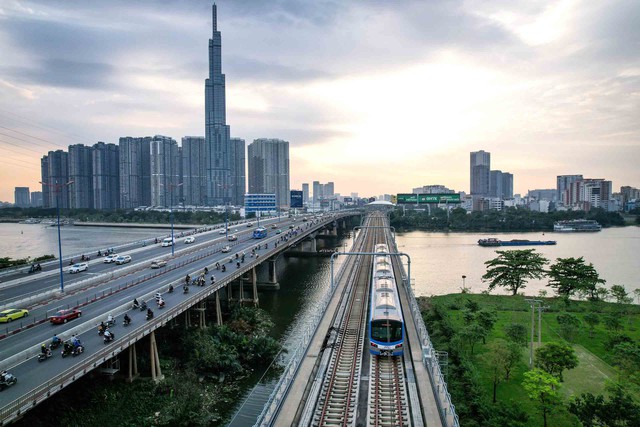










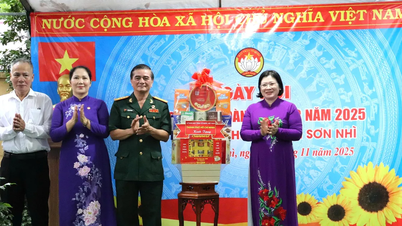











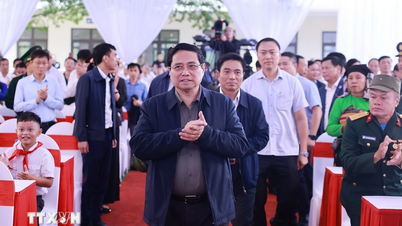





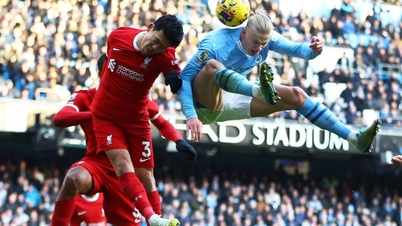

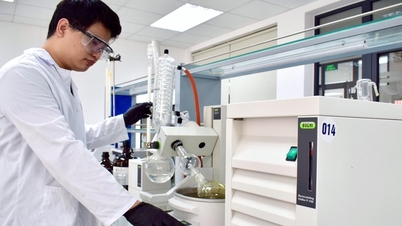


![[Photo] Cutting hills to make way for people to travel on route 14E that suffered landslides](https://vphoto.vietnam.vn/thumb/1200x675/vietnam/resource/IMAGE/2025/11/08/1762599969318_ndo_br_thiet-ke-chua-co-ten-2025-11-08t154639923-png.webp)









![[Video] Hue Monuments reopen to welcome visitors](https://vphoto.vietnam.vn/thumb/402x226/vietnam/resource/IMAGE/2025/11/05/1762301089171_dung01-05-43-09still013-jpg.webp)



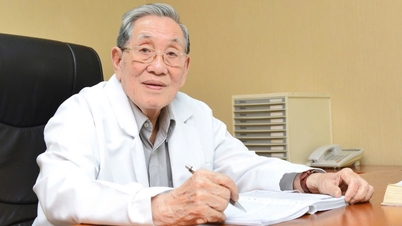








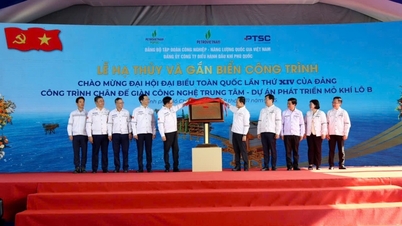

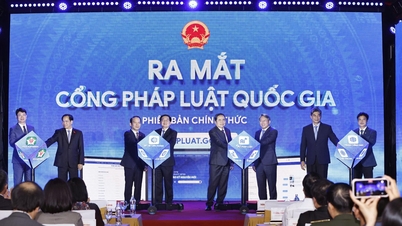



















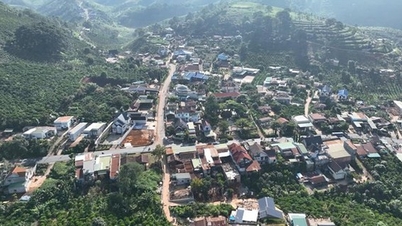





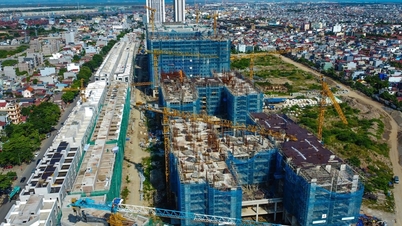

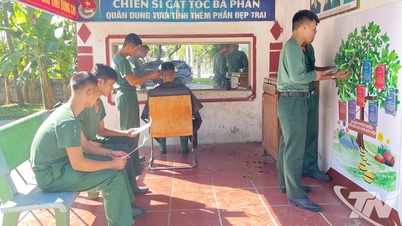




![Dong Nai OCOP transition: [Part 2] Opening new distribution channel](https://vphoto.vietnam.vn/thumb/402x226/vietnam/resource/IMAGE/2025/11/09/1762655780766_4613-anh-1_20240803100041-nongnghiep-154608.jpeg)













Comment (0)